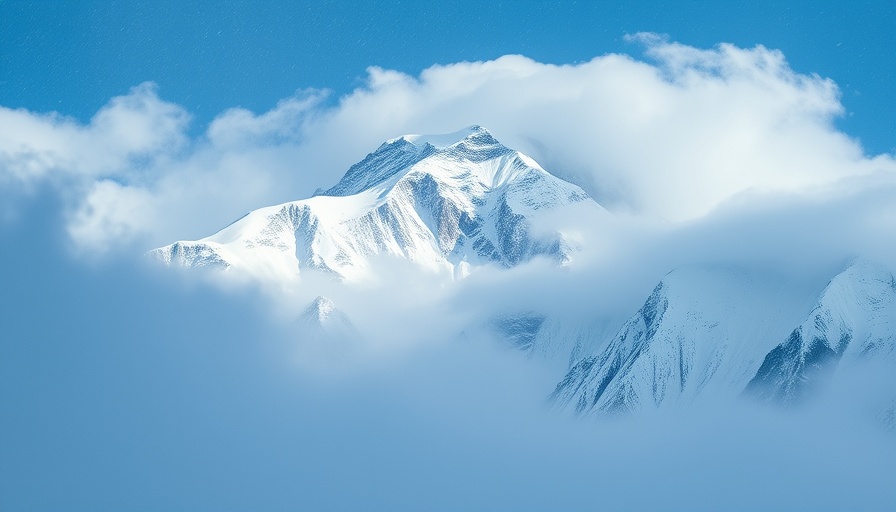
Clearing the Air: What Really Happened at Mount Everest
A dramatic blizzard swept through the Himalayas in early October, sparking confusion and alarm over reports that hundreds of climbers had been stranded on Mount Everest. Amid sensational headlines suggesting the frantic rescue of nearly 1,000 individuals, the realities of the situation were less dire than initially portrayed.
The Facts Behind the Hype
On October 3, a rare and powerful snowstorm pummeled the Everest region, coating the area with significant snowfall and catching many outdoor enthusiasts off guard. While alarming news reports suggested that climbers were trapped, a closer look reveals these individuals were not attempting to scale Everest but were instead trekking in the surrounding foothills, such as the Karma Valley.
Where Were the Stranded Individuals?
Most of the reported 800 stranded individuals were not climbers aiming for the summit, but trekkers and local guides caught in the blizzard at altitudes around 13,800 feet in the valleys near Everest. Campers, hikers, and yak herders encountered significant challenges as road access was hindered, leading to an urgent rescue mission.
The Rescue Operation: What It Took to Bring Everyone to Safety
Fortunately, rescue operations were swift and effective. Over several days, rescue teams, along with volunteers, guided individuals—many suffering from hypothermia—to safety. By October 7, reports confirmed that all trekkers from the area had been safely relocated to lower elevations, dispelling the myths of a catastrophic climbing disaster.
Emotional Aftermath: The Experience of the Survivors
Survivor accounts reveal a harrowing battle against the elements. Some trekkers shared stories of how they struggled with sub-freezing temperatures while trapped in their camps, creating a bond forged through shared adversity. Their stories reflect the power of community and resilience in the face of natural disasters.
Future Considerations for Outdoor Enthusiasts
The recent blizzard exemplifies why preparation and awareness are vital in mountainous environments. Understanding weather patterns and preparing adequately for such extreme conditions could grant trekkers and climbers a better chance of safety in the future. This situation serves as a stark reminder that discretion is the better part of valor when nature’s fury is at play.
Conclusion: The Importance of Critical Thinking in Outdoor Adventures
This recent episode surrounding Mount Everest underlines the necessity of not believing everything we read in headlines. It’s essential for outdoor enthusiasts to remain informed and discerning about their adventurous pursuits. Whether you’re hiking, backpacking, or simply enjoying nature, always prioritize safety and preparation.
 Add Row
Add Row  Add
Add 




Write A Comment